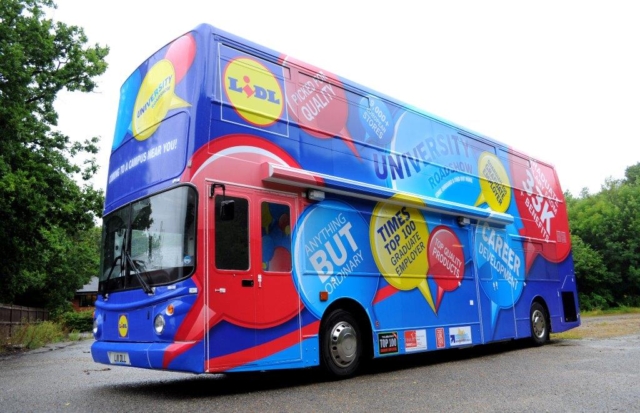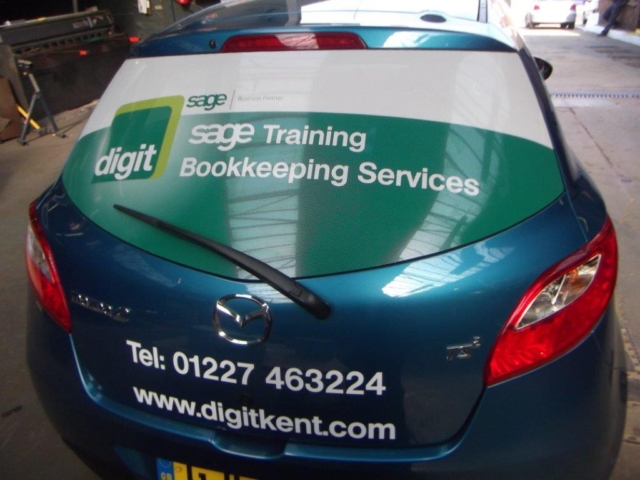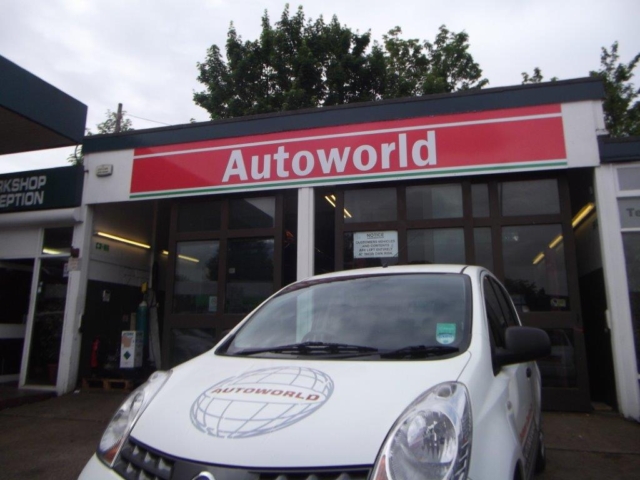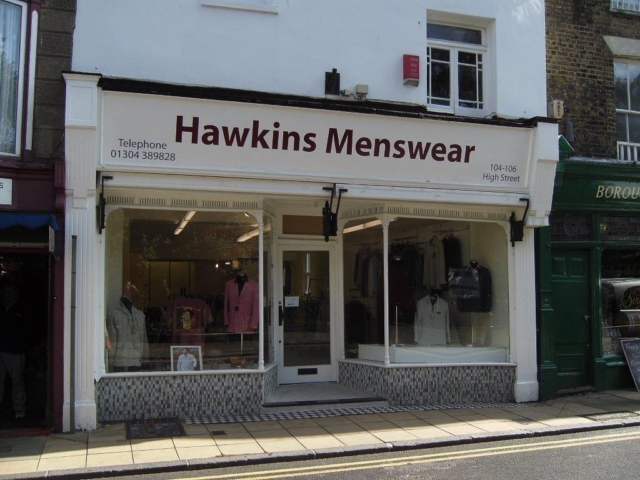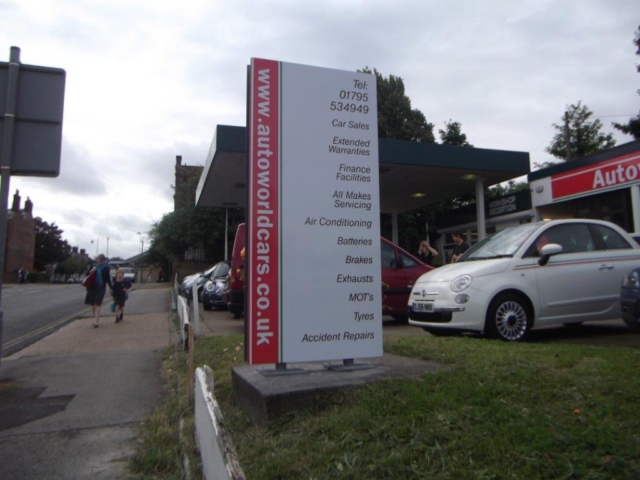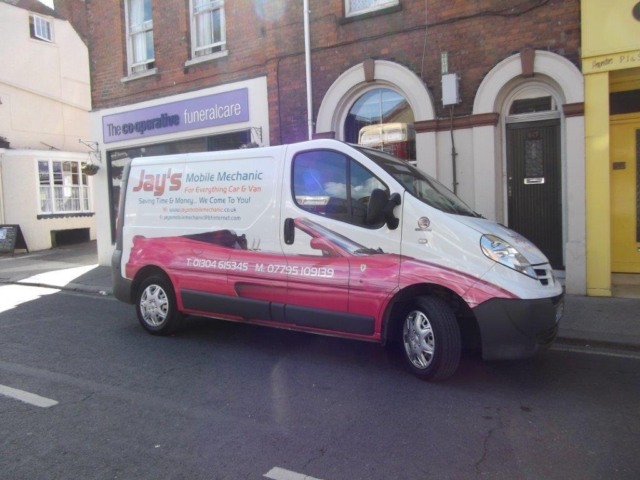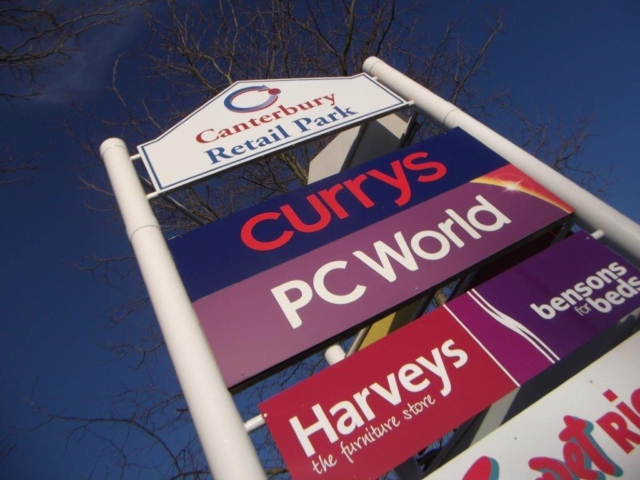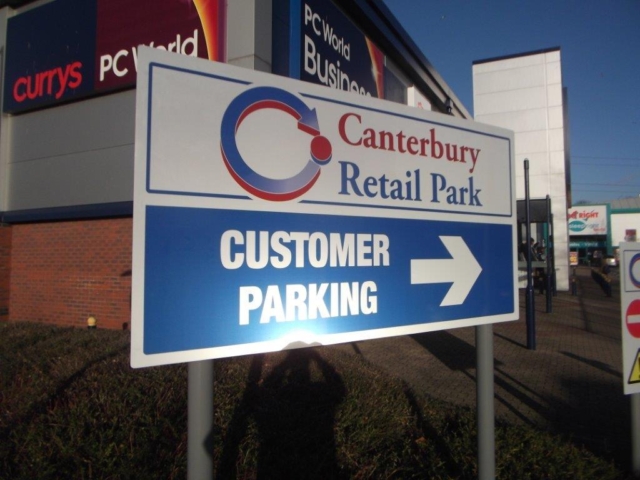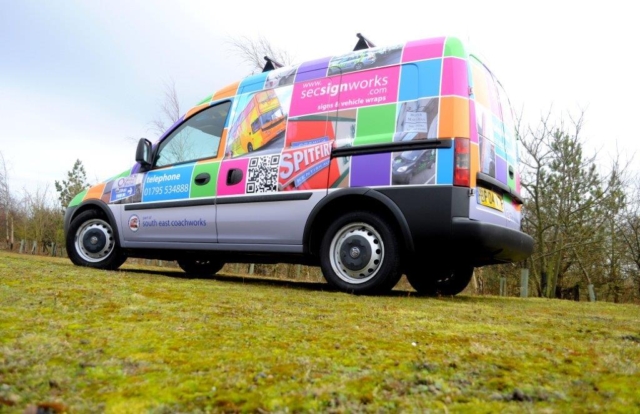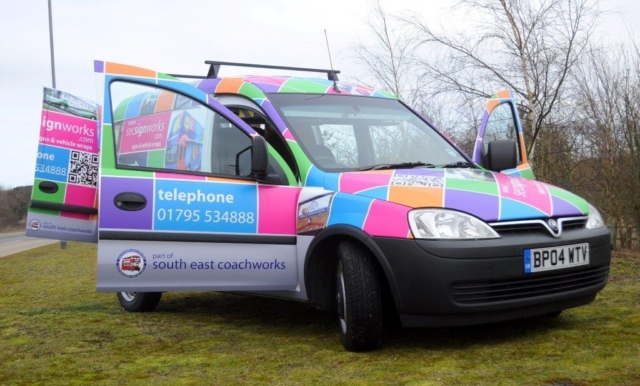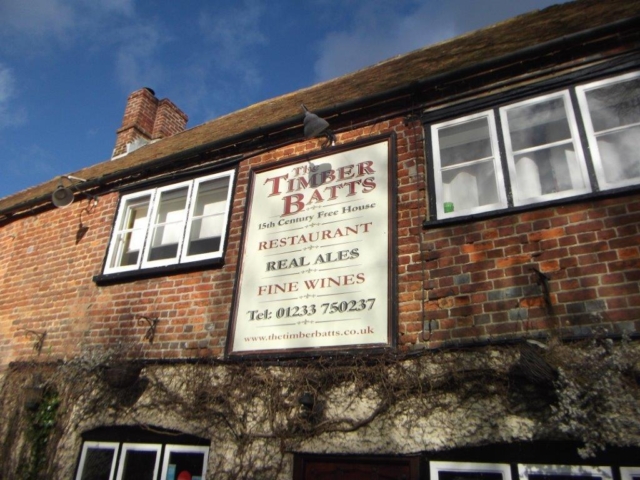Signage and large format printing
Before you take on a signage project think about what the message is and where it’s going to be seen:
- Shop front
- Vehicle
- Exhibition
- Poster
- Product display
With any signage the message should be clear, easy to read and not too complicated. It should also be well designed, attractive, mirroring your other corporate design and making the target audience want to look and remember the information on display.
TIP. Do not use signage to tell everyone about your company’s life story. Keep it punchy, direct and simple.
Also see: print design, print finishing and corporate design
Vinyl lettering
Before the digital/computer era signage was hand painted, then came adhesive backed vinyl followed by a computer program that could direct a very small sharp knife around the surface of the vinyl. The cut item could then be transferred and adhered onto a panel – the first digital signage was born. This new process was much cheaper and required a lower skill level, thus thousands of highly skilled sign writers disappeared overnight. The vinyl material and adhesives were designed for long life and to this day offer a permanent, hard wearing display solution.
Vehicles
A professional signage company will hold body style templates for UK vehicles so all you need to tell them is your make and model. Commercial vehicles are designed with signage in mind using flat panel areas to assist. Use these areas and check for fuel flaps, sliding door mechanisms, number plates etc. Panel vans are rarely the same near/off side but an experienced vehicle signage designer will know this and guide you accordingly. Always clean your vehicle before you deliver for signage – sounds obvious but you would be surprised what these guys have to work with!
Vehicle wraps
A further extension to this process is what the trade calls ‘wraps’. Wraps, or vinyl wraps, were originally designed without print to protect London taxis but the advantages of printing onto the wrap material was soon spotted enabling whole vehicles to be completely covered in high quality graphics. The process is more expensive than vinyl cut graphics but the results can be impressive.
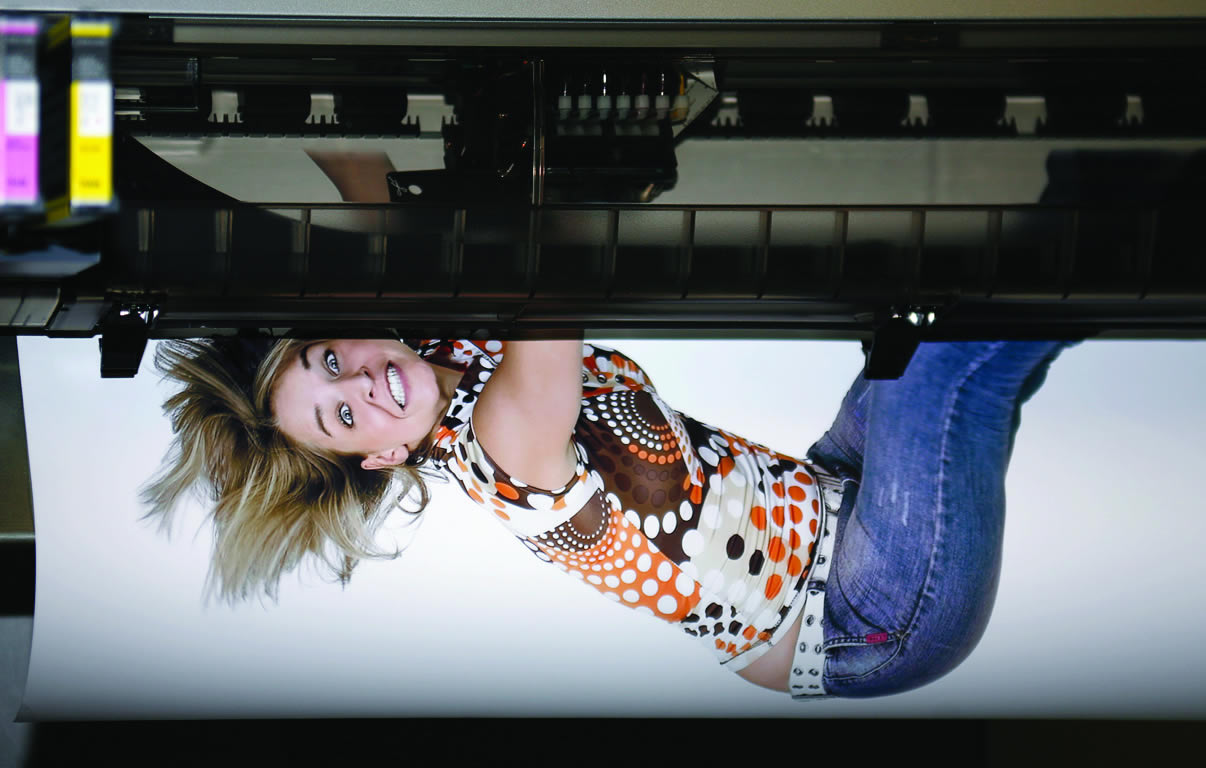
Large format digital printer
Wide format printing
A more recent development has been the wide format printer which offers a printed adhesive backed signage solution. The added benefit of this type of signage is that it can include images.
TIP. When using images for large format printing the image quality has to be high resolution.
The design process for large format printing is the same as litho or digital print. Large format printers also use the CMYK colour process but instead of printing onto paper the substrate (material) can be chosen from a range of vinyls, banner media and display papers with a UV life of approximately 5 years.
Note: The sun (UV) light damages coloured inks that can fade after a period of time.
TIP. If you want your signage to last for a period of over 5 years consider using vinyl lettering as the UV life is longer.
Designs can be imaginative and applied to many permanent surfaces like vehicle panels, exhibition panels and banners. Some wide format printers can print directly onto reinforced banner material for venue advertising and presentation roller banners.
Fixed signage
A little known fact is that signage on property may require planning consent. This very much depends on where the signage is going.
TIP. Contact your local council planning office to make sure your fixed sign does not require planning consent.
Long use signage is best completed using vinyl lettering which has a longer UV life but you can also use PVC, acrylic, polycarbonate, aluminium or even stainless steel using a router, water-jet or laser cutter which is very popular on shop fronts.
In all cases ask your signage designer for a written quote based on your requirement. Make sure you supply the best quality design elements so your designer can deliver the best quality product. It’s not easy to proof signage at final size, you’ll probably only see the final design as a paper print or PDF file so check and recheck.
How to order signage
This is a specialist media requiring experience and knowledge. Like any other printer try and stay local especially if you need signage in/on your property or vehicle(s). The question to ask is what is best for your application.
I’ve been working for many years with a local signage supplier whose in-depth knowledge has been invaluable. This trade is also changing all the time as new products come onto the market.
TIP. Remember your signage supplier is a long term partner who can also supply their high quality files to other media designers. Ask them to archive any designs indefinitely for future use.
Gallery of signage samples (images courtesy SEC Signworks)


